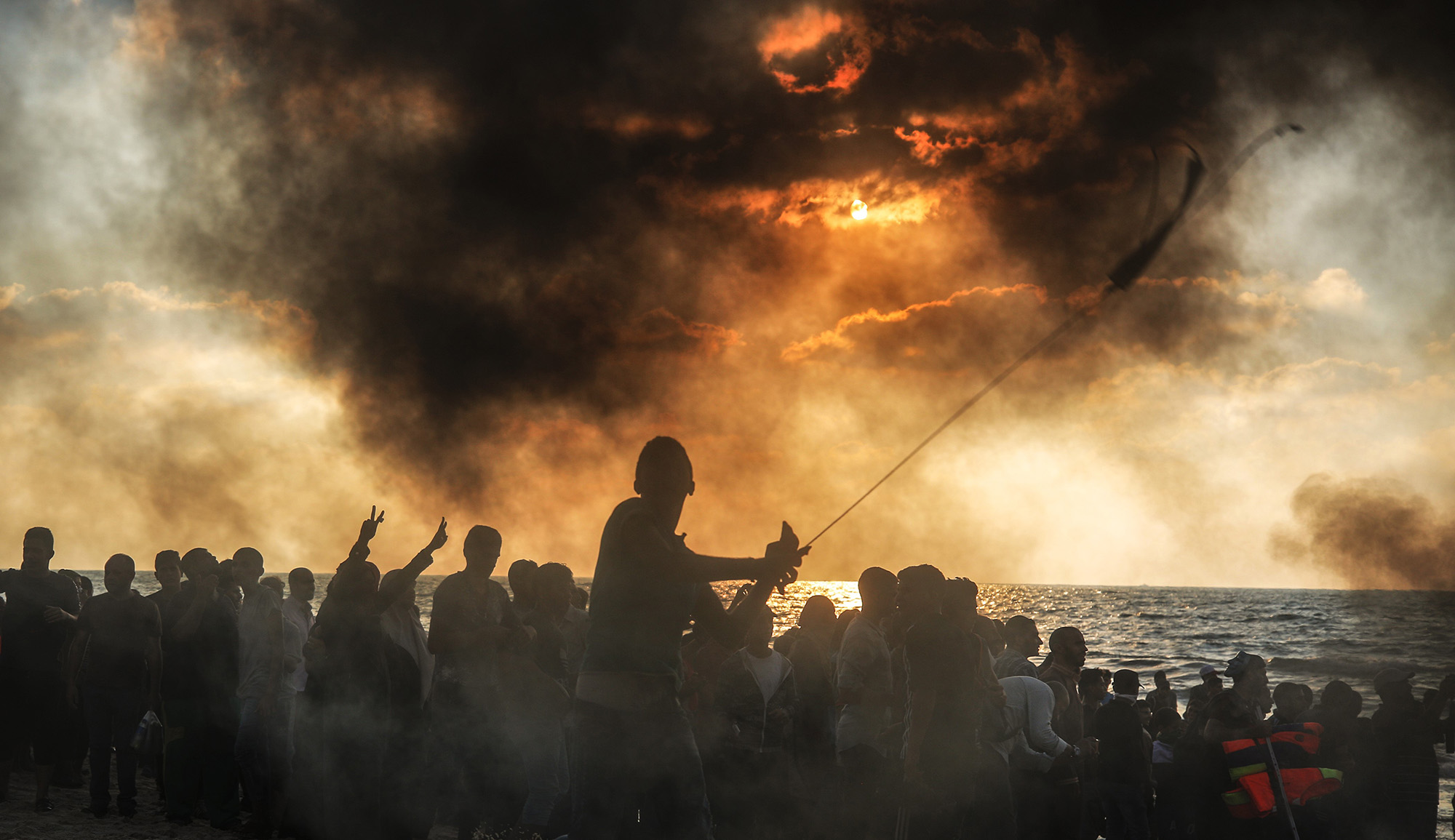Born in 1937, Yaffa Eliach—who died last Wednesday—survived the Shoah with her family by hiding with Christian peasants. She then came to the U.S., where she became an influential historian and Holocaust educator. Joseph Berger writes:
Her mission, she said many times, was to document the victims’ lives, not just their deaths, to give them back their grace and humanity. She determined to do so as a member of President Jimmy Carter’s Commission on the Holocaust, . . . when she realized that the victims were [often] portrayed only as bulging-eyed skeletons in ragged striped uniforms, not as the vital people they once were.
Professor Eliach decided to recreate the shtetl she had known in Lithuania—Eisiskes, known in Yiddish as Eishyshok—where 3,500 Jews, almost the entire Jewish population, were killed, by collecting photographs of its inhabitants.
Starting with a nucleus of family photos she and her older brother had squirreled away in hiding, she spent fifteen years traveling to all 50 states and many countries searching for photographs, diaries, and letters of other shtetl residents. . . . Some 1,500 were selected for the Holocaust museum’s “Tower of Faces,” . . . where photographs are arranged in a narrow, soaring chasm that visitors walk through. The faces render the lives of so many ordinary Jews intimate and vibrant.
More about: East European Jewry, History & Ideas, Holocaust, Holocaust Museums, Shtetl


